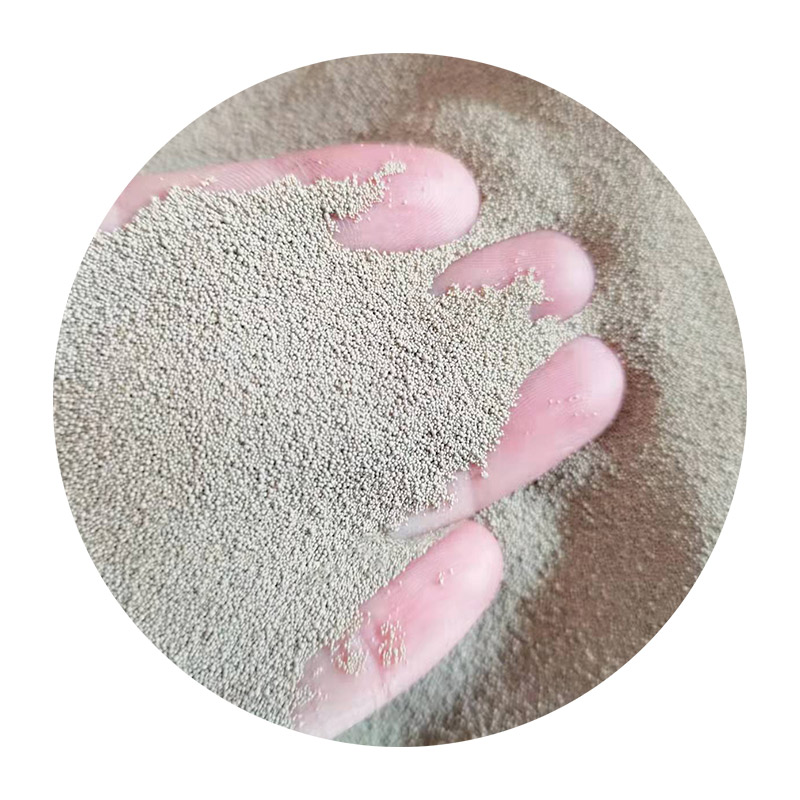Casting Sand for Metal An Essential Component in Metalworking
Casting is a significant process in metallurgy, allowing the creation of complex shapes and components that are fundamental in various industries. At the heart of this process lies casting sand, which plays a crucial role in shaping and molding metal into desired forms. Understanding casting sand and its properties is essential for anyone involved in metalworking.
Casting Sand for Metal An Essential Component in Metalworking
One of the key properties of casting sand is its ability to withstand the high temperatures of molten metal. When metal is poured into a mold, it can reach temperatures exceeding 1,500 degrees Celsius. Therefore, casting sand needs to have a high melting point and should be able to retain its strength and integrity during the casting process. Additionally, the sand must have excellent permeability. This allows gases to escape during casting, preventing defects such as blowholes or porosity in the final product.
casting sand for metal

Another important aspect of casting sand is its ability to promote good surface finish. The quality of the sand determines how well it can capture the details of the pattern used to create the mold. A smooth surface finish is crucial in many applications, as it can influence the mechanical properties and aesthetics of the final piece. Various additives, such as clay or organic materials, can be mixed with the sand to enhance its properties, including cohesion and moisture retention.
The preparation of casting sand involves careful procedures to ensure its optimum performance. Typically, sand is cleaned and graded before use. This process removes impurities and ensures that the sand has uniform grain sizes, which contributes to the overall strength of the mold. In some cases, used sand can be reclaimed and treated for reuse, making it a more sustainable option in metal casting.
Moreover, advances in technology have led to the development of synthetic casting sands that offer improved properties compared to natural sands. These synthetic alternatives can provide better thermal stability, reduced thermal expansion, and enhanced flexibility. As the demand for high-quality castings continues to increase, the use of synthetic sands may become more prevalent in the industry.
In conclusion, casting sand is an indispensable element in the metal casting process. Its unique characteristics, such as heat resistance, permeability, and ability to produce smooth finishes, play a vital role in the quality and integrity of cast metal products. As technology continues to evolve, the methods and materials used in casting sand will likely advance, providing new opportunities and improvements in metalworking processes. Understanding the intricacies of casting sand can significantly benefit those engaged in the manufacturing and engineering fields, ensuring that they produce high-quality, durable metal components.
Post time:Oktoba . 21, 2024 12:07
Next:Exploring the Innovations in Sand Casting and Its Impact on Modern Manufacturing
